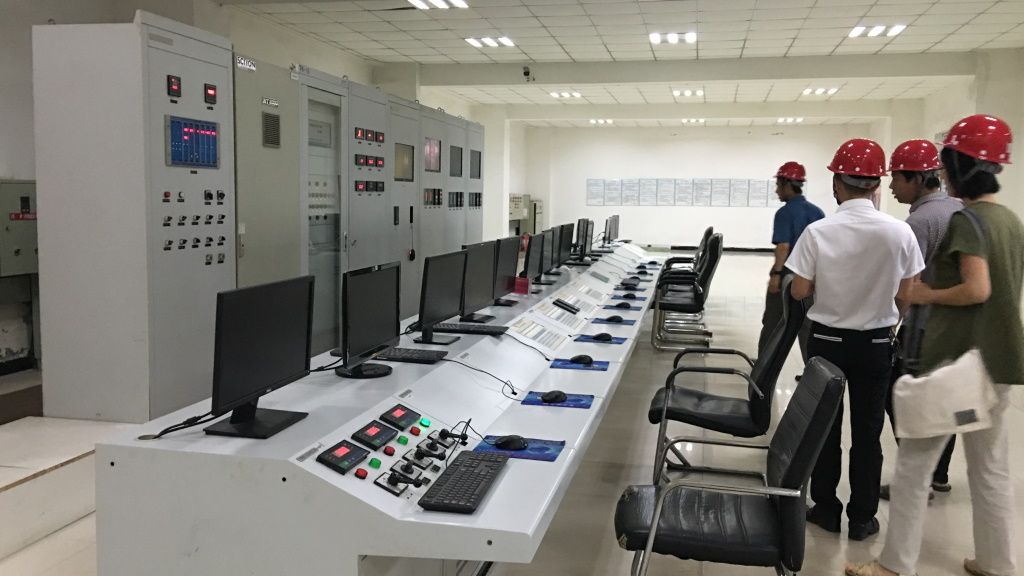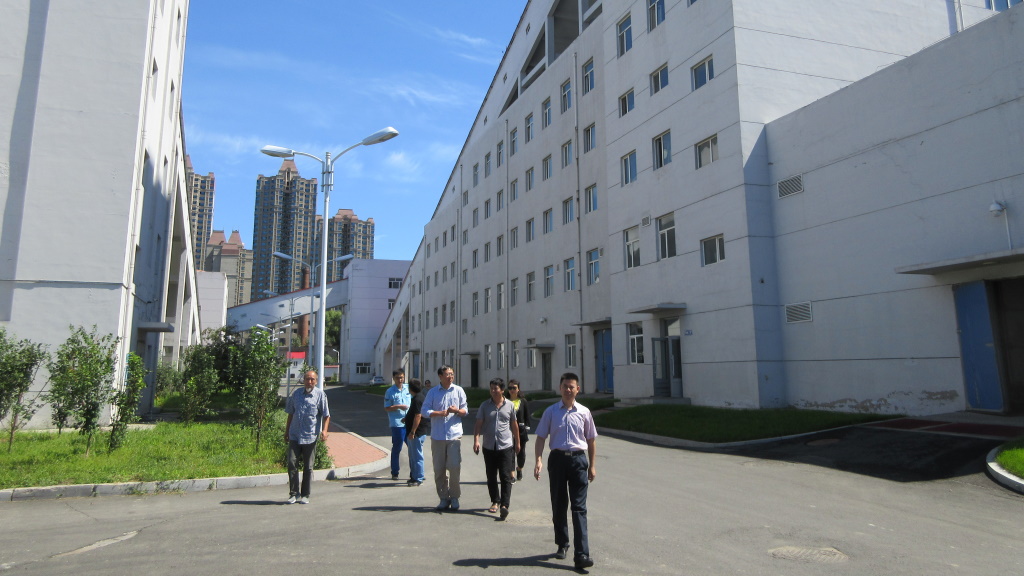Others
In Heilongjiang, PRC, Modernizing of Heat Sources Spreads Warmth and Cuts Pollution
Graham Dwyer 1 Mar 2022
For many decades, heating in Heilongjiang Province, PRC, depended heavily on out-of-date, inefficient boilers. Coal stoves for space heating were a major cause of indoor air pollution and respiratory diseases in poor households.
In 2012, ADB approved a loan of $150 million for the Heilongjiang Energy Efficient District Heating Project to expand and upgrade district heating systems. The goal was to make heating systems energy efficient and reduce greenhouse gas emissions.
Overall living conditions improved through adequate and reliable heating services, while heating expenditures were reduced by switching from individual household stoves and decentralized heating systems to centralized energy efficient heating systems.
Winter falls hard in Heilongjiang Province, an underdeveloped inland area in the northeast of the People’s Republic of China (PRC). Temperatures drop as low as -40 degrees Celsius, and the province is often enveloped in sub-zero temperatures for more than six months.
“For many decades, heating in the province depended heavily on out of date and inefficient boilers,” says Xinjian Liu, Senior Project Officer for the Asian Development Bank. “Coal stoves for space heating were a major cause of indoor air pollution and respiratory diseases in poor households of Heilongjiang. Emissions from small neighborhood boilers also affect outdoor air quality and cause significant long-term harm to public health.”
The Heilongjiang provincial government has long recognized the importance of improving energy efficiency in district heating, and earmarked it as a priority as it works to improve energy efficiency and quality of life.

Upgrading Heating
In 2012, ADB in 2012 approved a $150 million loan for the Heilongjiang Energy Efficient District Heating Project. The aim was to expand and upgrade district heating systems in cities of Heilongjiang Province, to make heating systems more energy efficient, and reduce emission of greenhouse gases and air pollutants.
The project was carried out in six cities (Harbin, Jiamusi, Qitaihe, Tongjiang, Yichun Tangwanghe, and Hailin). Energy-efficient heating sources and heat exchangers were installed, pipelines were insulated and compuThe project was carried out in six cities (Harbin, Jiamusi, Qitaihe, Tongjiang, Yichun Tangwanghe, and Hailin). Energy-efficient heating sources and heat exchangers were installed, pipelines were insulated and computerized monitoring and control systems were introduced. The project also removed 361 small, inefficient, and pollution-generating neighborhood coal-fired boilers and 116,160 coal-fired household stoves.
By 2020, the project had extended the coverage of the district heating system in the six project cities and towns by 30 million meters2 without a net increase in emissions. It also promoted private sector participation in district heating sector in two project cities, and held three knowledge sharing sessions.
Some 226,499 urban households—including 21,137 poor households and 1,829 households headed by women—now have access to district heating systems. Conservation awareness campaigns covered 683,600 women within the project areas.
The project improved air quality and reduced greenhouse gas emissions across the six urban areas. By 2020, it reduced annual raw coal consumption by 882,460 tons, avoiding annual emissions of 1,299,831 tons of carbon dioxide, 5,787 tons of sulfur dioxide, 98,552 tons of total suspended particulates, and 11,566 tons of nitrogen oxides, compared with 2012 levels. By 2020, air quality in project-targeted areas improved to Class II of the PRC’s ambient air quality standards.
By 2020, the Heilongjiang Energy Efficient District Heating Project reduced annual emissions* of
*Compared to 2012 figures
Cleaner Environment
“The project achieved its intended impact of improving energy efficiency and a cleaner environment in Heilongjiang Province,” says Yolanda Fernandez Lommen, ADB Country Director in the PRC. “It created significant social and environmental benefits and helped reduce poverty by creating job opportunities, improving health and welfare, and driving economic growth while reducing pollution.”
A total of 1.21 million urban residents of the project areas—including 683,600 women, 55,246 people from poor families, 109,794 children and 14,020 teachers in 94 schools, along with 43,947 patients and 9,994 medical staff in 50 hospitals—benefited directly from improved energy efficiency and a cleaner environment.
Also, overall living conditions were improved through adequate and reliable heating services, while heating expenditures were reduced by switching from individual household stoves and decentralized heating systems to centralized energy efficient heating systems. The new systems also provided a better schooling environment during the winter by providing cleaner and reliable heating services.
“This upgraded district heating system created a more comfortable and conducive environment for residents in the project areas,” says M. Teresa Kho, ADB’s Director General for East Asia. “The reliable indoor heating ensured residents a warm and cozy living environment, particularly during the COVID-19 pandemic, when most residents had to spend a major portion of their daily lives indoors. With reduced annual coal use and improved energy efficiency, the incidence of respiratory diseases and other air pollution related health risks are expected to reduce significantly in the long term.”
Author

Graham Dwyer
Principal Communications Specialist, Department of Communications, ADB
This article is reproduced from Asian Development Bank.


